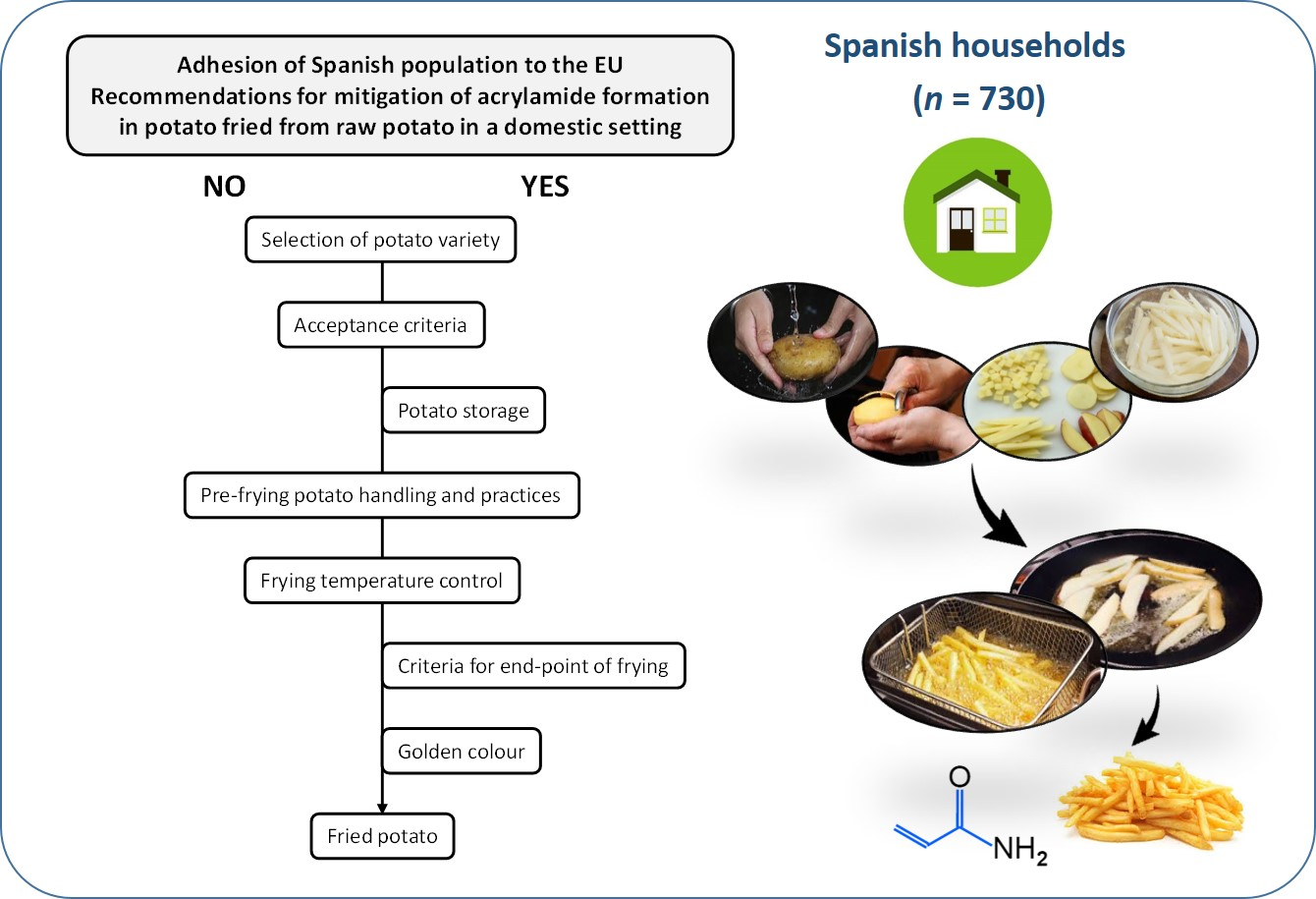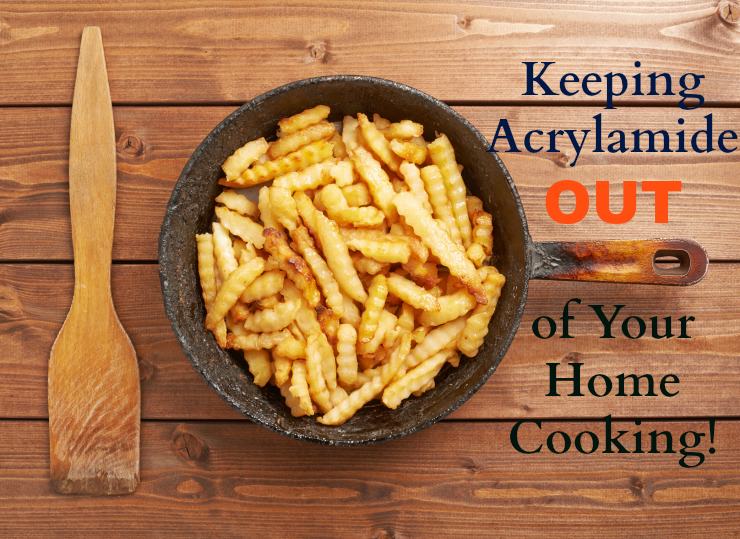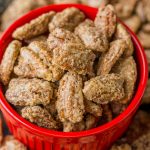To avoid acrylamide when cooking potatoes, soak them in water before cooking and bake at lower temperatures. When cooking potatoes, it’s important to be mindful of acrylamide, a potential carcinogen formed in certain high-heat cooking processes.
This compound is produced when potatoes are fried, roasted, or baked at high temperatures. Fortunately, there are simple steps you can take to reduce acrylamide formation in your cooked potatoes. By soaking sliced or diced potatoes in water for at least 30 minutes before cooking, you can reduce the amount of asparagine, an amino acid that contributes to acrylamide formation.
Additionally, baking potatoes at lower temperatures, around 250-350°F (120-175°C), can help minimize acrylamide production while still achieving a deliciously crispy texture. Let’s delve into some practical tips and techniques for preparing acrylamide-free potatoes that are both tasty and safe to eat.

Credit: www.mdpi.com
Understanding Acrylamide
Acrylamide is a chemical compound that forms naturally in certain foods, particularly starchy ones like potatoes, when they are cooked at high temperatures. It is formed through a chemical reaction between sugars and an amino acid called asparagine during the cooking process.
The formation of acrylamide can occur when foods are fried, roasted, or baked, but it is more likely to happen at temperatures above 248°F (120°C). The browning or crisping of the outer layer of food during cooking is often a sign of acrylamide formation.
Acrylamide has received attention due to its potential health risks. Studies in animals have shown that it is a probable carcinogen, meaning it could potentially cause cancer. However, more research is needed to determine the exact risks it poses to human health.
To reduce acrylamide formation when cooking potatoes, there are several steps you can take. These include:
| Method | Tips |
| Frying | Use oils with higher smoke points such as avocado oil. Fry at lower temperatures. |
| Baking | Soak the potatoes in water before baking to reduce the sugar content. Use a lower temperature and bake until golden, not too dark. |
| Roasting | Precook the potatoes in boiling water for a few minutes before roasting. Roast at a lower temperature for a longer time. |
By following these tips, you can help minimize the formation of acrylamide in cooked potatoes and reduce potential health risks.
Health Risks Of Acrylamide
Acrylamide in potatoes can pose health risks if consumed excessively. To reduce exposure, cook potatoes at lower temperatures and avoid overcooking or burning them. Opt for boiling, steaming, or microwaving instead of frying or baking at high heat.
| Health Risks of Acrylamide |
| Potential Health Effects |
| Acrylamide in potatoes can lead to cancer if consumed in high amounts. |
| It is important to follow regulatory guidelines to minimize acrylamide exposure. |
Factors Affecting Acrylamide Formation
Factors Affecting Acrylamide Formation:
Temperature and Cooking Methods: When frying or baking potatoes at high temperatures, acrylamide can form. To reduce acrylamide, consider boiling or microwaving potatoes instead.
Types of Potatoes:
The type of potato can also impact acrylamide levels when cooking. Russet potatoes tend to produce more acrylamide than others. Try using red or sweet potatoes as alternatives for lower acrylamide formation.
Healthy Potato Preparation Techniques
In order to avoid acrylamide formation when cooking potatoes, there are a few healthy preparation techniques you can follow. Soaking and blanching the potatoes before cooking is one effective method. Soaking potatoes in water for at least 30 minutes can help remove some of the starch content, reducing the potential for acrylamide formation. Blanching, on the other hand, involves briefly boiling the potatoes before cooking them using a preferred method. This can further minimize the formation of acrylamide.
Another important factor to consider is choosing the right cooking methods. Baking, roasting, and grilling tend to produce higher levels of acrylamide compared to boiling or steaming. By opting for boiling or steaming methods, you can lessen the exposure to acrylamide. Additionally, it’s advisable to cook potatoes until they are golden and crispy, rather than dark brown. Regularly tossing and turning them during cooking can help achieve a more even and desirable result.</p
Alternative Ingredients And Cooking Methods
When cooking potatoes, consider using sweet potatoes as an alternative ingredient. Sweet potatoes contain lower levels of acrylamide compared to regular potatoes. Additionally, using baking and roasting methods instead of frying can help reduce acrylamide formation. When baking or roasting, aim to cook at lower temperatures and avoid overcooking to minimize acrylamide production. By making simple changes in ingredients and cooking methods, you can significantly reduce your exposure to acrylamide when preparing potatoes.

Credit: www.healthline.com
Role Of Cooking Oils
When cooking potatoes, it is essential to consider the role of different cooking oils in impacting acrylamide levels. Some oils are better suited for high-heat cooking, which can help minimize the formation of acrylamide. For high-heat cooking, oils such as avocado, coconut, and peanut oil are the best choices due to their high smoke points and stability. These oils are less likely to break down and produce acrylamide when exposed to high temperatures. Choosing the right oil can significantly reduce the risk of acrylamide formation while cooking potatoes. When selecting cooking oils for high-temperature cooking methods, it’s important to prioritize those with higher smoke points and stability. By incorporating oils with these characteristics, individuals can effectively mitigate acrylamide formation when preparing potatoes.
Storage And Preservation Tips
For proper storage and preservation of potatoes to avoid acrylamide formation, it is essential to follow a few tips. Firstly, store the potatoes in a cool, dark, and well-ventilated place at temperatures between 45-50°F (7-10°C). This helps to prevent sprouting and slows down the degradation process, preserving the quality of the potatoes. Secondly, keep potatoes away from onions, as the gases emitted by onions can cause faster spoilage. Furthermore, avoid excessive cutting and slicing of potatoes, as this can increase the surface area exposed to air, leading to browning and the formation of acrylamide. It is best to cut potatoes just before cooking to minimize acrylamide production. By following these storage and preservation tips, you can enjoy healthier and safer potato dishes.
| Storage and Preservation Tips |
|---|
| Storing Potatoes Properly |
| Avoiding Excessive Cutting and Slicing |

Credit: www.thehealthyhomeeconomist.com
National And International Initiatives
Regulatory Efforts: Regulations are in place to manage acrylamide levels in food products.
Awareness Campaigns: Public awareness campaigns aim to educate consumers on acrylamide risks.
Research Funding: Funding supports studies to explore ways to reduce acrylamide formation in foods.
Conclusion
To sum it up, reducing acrylamide formation when cooking potatoes is not as daunting as it may seem. By applying simple techniques such as soaking and blanching, using alternative cooking methods, and being mindful of temperature and cooking time, you can greatly minimize this harmful compound.
Paying attention to these practices ensures healthier potato dishes, without compromising their delicious taste. So, start implementing these tips and enjoy your crispy and golden potatoes guilt-free!





